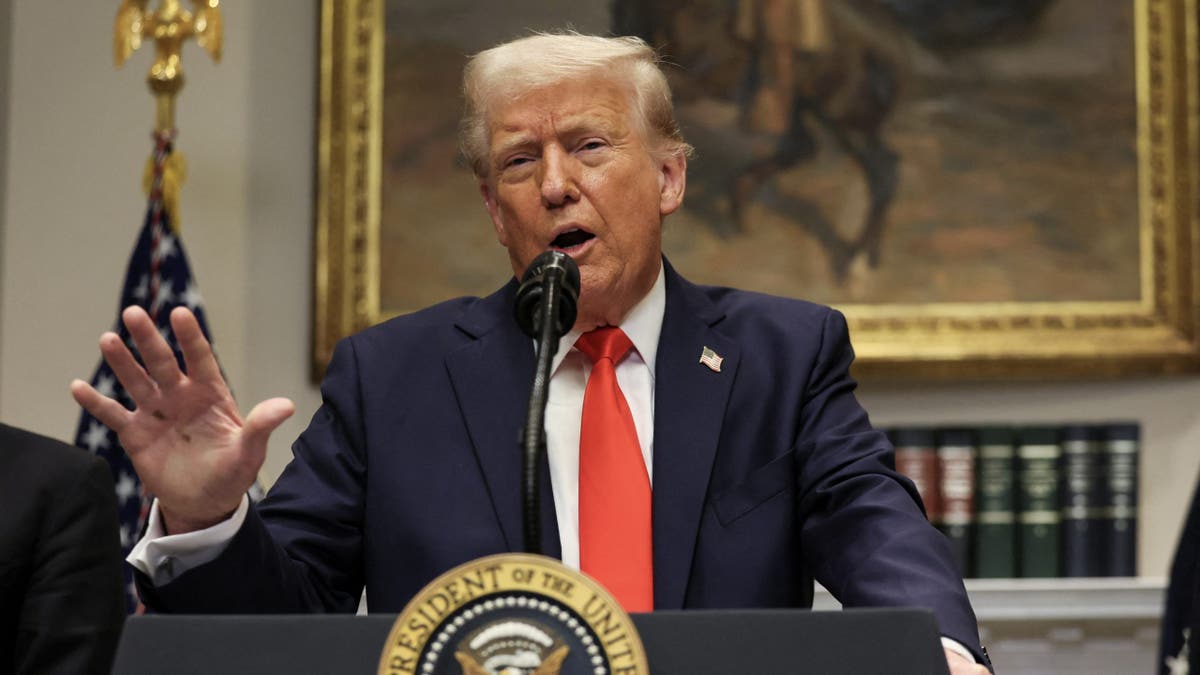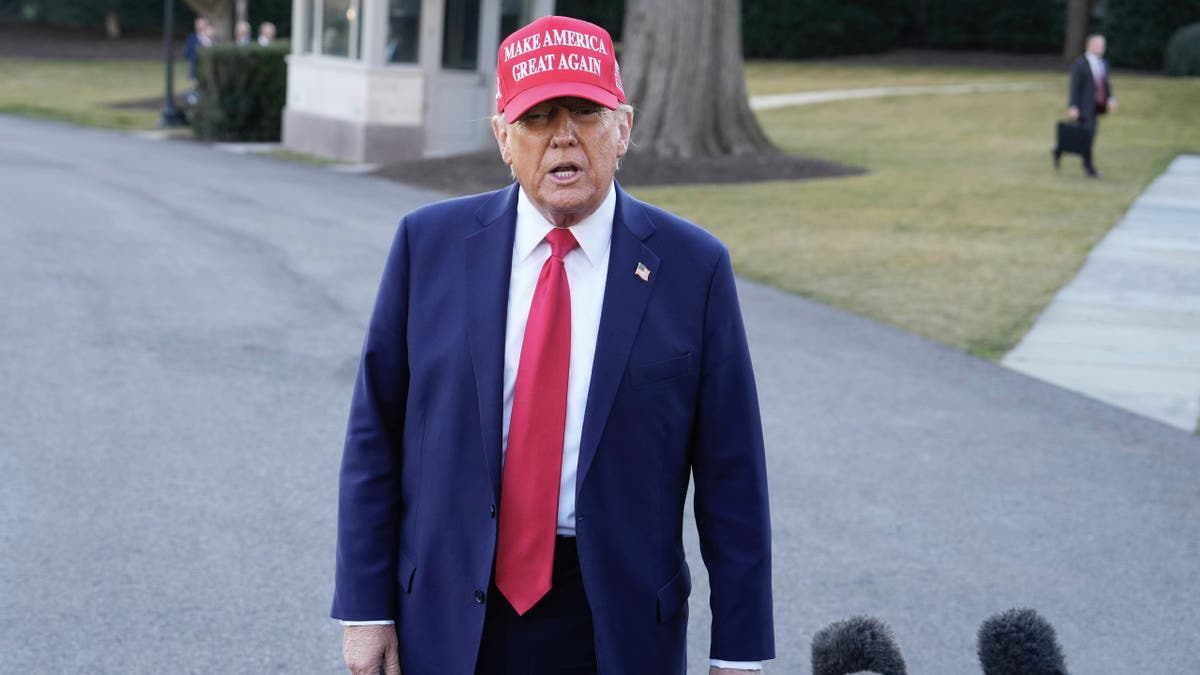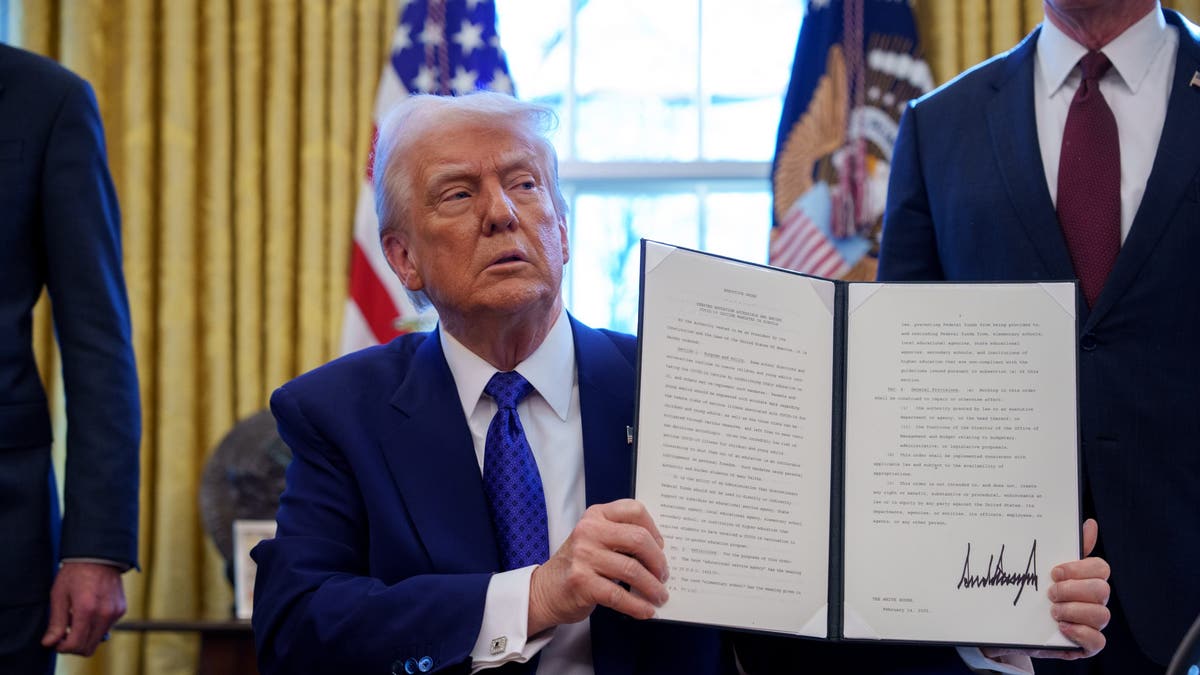Former President Donald Trump's return to the White House has been marked by a whirlwind of activity, executive orders, and bold pronouncements. His primetime address to Congress, themed "The Renewal of the American Dream," aimed to highlight his achievements during his first six weeks back in office. But how is the nation reacting to Trump 2.0? Polls paint a picture of a divided America, with opinions sharply split along partisan lines.

Recent surveys reveal a mixed bag. Some polls show approval ratings hovering around 45%, while others place him slightly higher. While these figures represent an improvement over his first term, they remain lower than those of his recent predecessors at this point in their presidencies. One key difference this time around is the solidified support from within the Republican party, a stark contrast to the occasional intra-party friction during his first term.

Trump's rapid-fire approach to governing, issuing a record number of executive orders in his initial weeks, has addressed key campaign promises. From immigration crackdowns to trade tariffs and the freezing of foreign aid, his actions have left a significant mark. However, this swift pace has also raised concerns among some that the public is struggling to keep up with the constant changes.

Compared to former President Biden's early months, Trump's approval ratings tell a different story. Biden initially enjoyed approval ratings in the low to mid-50s, which later declined significantly following events such as the withdrawal from Afghanistan and rising inflation. Experts suggest the lack of a traditional "honeymoon period" for modern presidents might be contributing to this trend.

While Trump fares better than Biden on issues like the economy, immigration, and crime, the persistent challenge of inflation looms large. Political analysts warn that if inflation continues to plague the nation, it could significantly impact Trump's chances of success in his second term.
Comments(0)
Top Comments